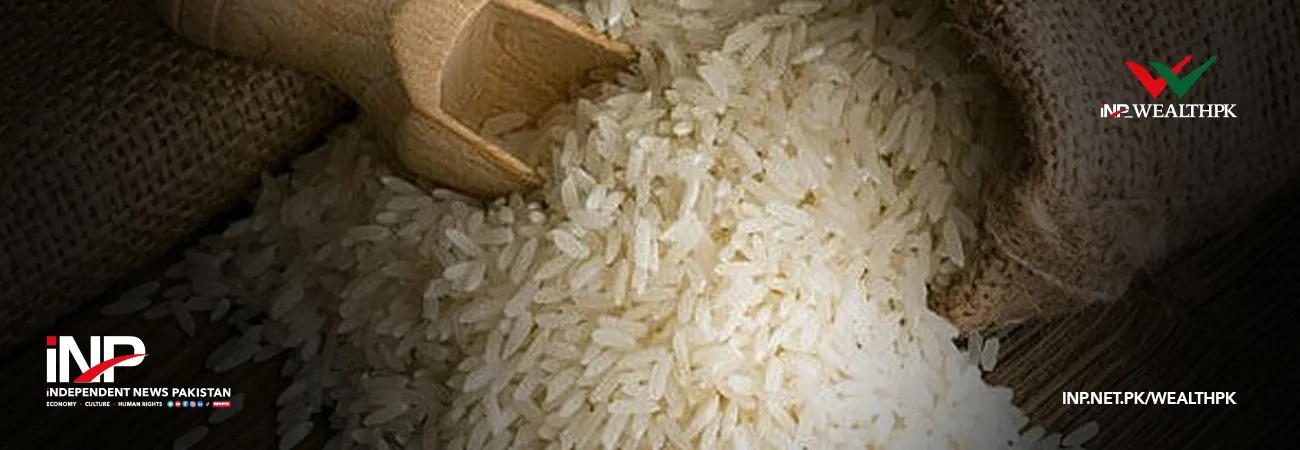INP-WealthPk
By Hamid Mahmood ISLAMABAD, June 06 (INP-WealthPK): Industry cluster development has become an important objective of regional economic growth since clusters have proven capability to increase productivity, stimulate inventive collaborations, even among rivals, and provide chances for entrepreneurial activity. The China-Pakistan Economic Corridor (CPEC) comprises a portfolio of projects in several Pakistani provinces, based on their needs and areas of expertise. Each province will build its own cluster of sectors based on various competitive advantages. The portfolio of industrial clusters will attract more investment and provide more job possibilities for the youth. CPEC is concentrating on the development of Gwadar, including the building of port infrastructure for medical care, education, and technical education. The government is striving to give safe drinking water to the residents of Gwadar, as well as a power-producing facility to supply energy to the region. The CPEC connects Pakistan to China's Belt and Road Initiative (BRI). Pakistan may also connect to global supply networks more readily through the BRI and CPEC. Many jobs are currently being moved from China to nations with lower labor costs. When the special economic zones (SEZs) in each province are completed, it is expected that they would attract significant investment in the relocation of Chinese industry, resulting in additional employment possibilities in the region and assisting Pakistan in its industrialization process. China has reduced tariffs on 313 high-priority tariff lines for Pakistan in the second phase of the China-Pakistan Free Trade Agreement (CPFTA-II). The new FTA, according to the minister, provides a greater opportunity to promote commerce between the two nations. The difficulty for Pakistani businesspeople and businesses, on the other hand, is to enter China with better expertise and information about the market. Pakistani businesses have traditionally done business with Europe and the United States, and they had little knowledge of the Chinese market. The chambers of business and industry are now being advised and encouraged to work more closely with their Chinese counterparts. In the coming years, Pakistani and Chinese businesses will collaborate more closely. At present, Pakistan appears to be not equipped properly in terms of economic collaboration. While politicians tend to be confident in CPEC's prospective advantages, local manufacturers, chambers of commerce, and industry organizations appear to be quite apprehensive about their future. On the Pakistani side, officials must work to make sure that the interests of local firms are protected. It's critical to facilitate Pakistan's industrial clusters and enable them to get access to Chinese markets and beyond through CPEC. As a result, Pakistan should be able to negotiate preferential access to Chinese consumer markets, similar to what the ASEAN (Association of Southeast Asian Nations) nations have. There should also be an appropriate environmental protection mechanism in place for any industry migrating to Pakistan. Going forward, the government should pursue a three-pronged industrial cooperation strategy, focusing on expanding and upgrading existing industries, deepening the industrial base to improve forward and backward linkages, and industrial diversification, which will lead to a more sophisticated export base. Any investment incentives offered by Pakistan should target the relocation of high-value-added and innovative industries and jobs to Pakistan. All this should subsequently be included in a green industrial policy.













